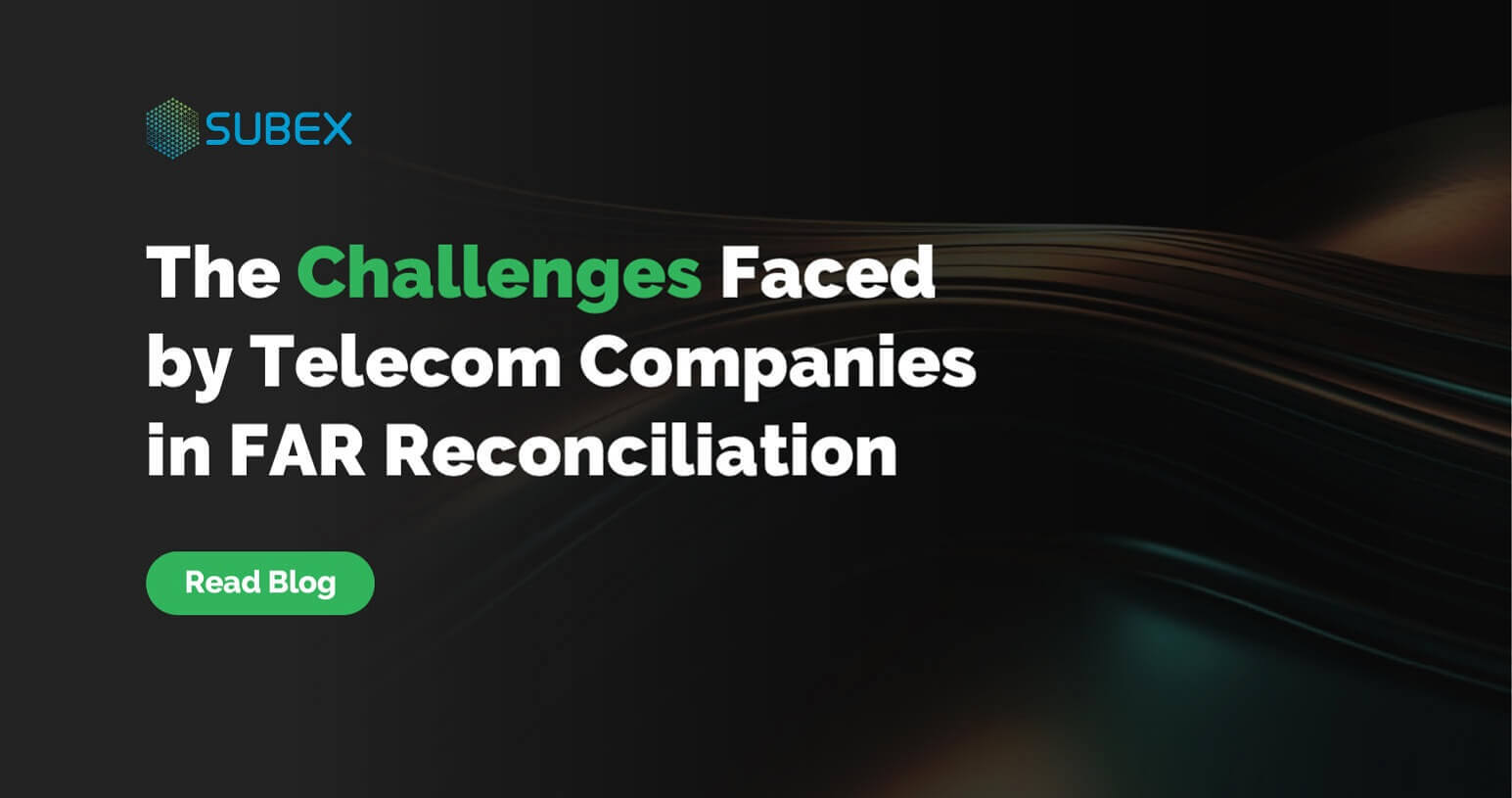Overview
Improve decisions towards making the right network investments and getting the most from your existing spends. Through advanced analytics models, you can ensure that you always make the right capacity spends, while having complete visibility of your network assets. This can help you reduce your operational expenses, while keeping the Capex in check.

See how Subex ROC Fraud Management can help your organization
Rapid ROI
A rapid return on investment (ROI) by offering the strongest fraud management capabilities, increasing
compliance, reducing fraud run-time, and providing economies of scope.
compliance, reducing fraud run-time, and providing economies of scope.
One Stop Solution
360° fraud prevention to address all types of frauds across Voice, Data and Digital Service.
Minimal fraud run-time
Early detection of unknown patterns with AI-powered anomaly engine ensuring that there is minimal fraud run-time.
Flexibility & Scalability
Native Hadoop support enables operators to reconcile zillions of CDRs on daily basis.
Future-proof network against next-gen frauds
Our solution is equipped with Anomaly engine which is capable of identifying unknown unknowns which makes it future ready.
Coverage across all services
ROC fraud management solution provides coverage across all traditional and new-age frauds.
See how Subex ROC Fraud Management can help your organization
One Stop Solution
360° fraud prevention to address all types of frauds across Voice, Data and Digital Service.
Minimal fraud run-time
Early detection of unknown patterns with AI-powered anomaly engine ensuring that there is minimal fraud run-time.
Rapid ROI
A rapid return on investment (ROI) by offering the strongest fraud management capabilities, increasing
compliance, reducing fraud run-time, and providing economies of scope.
compliance, reducing fraud run-time, and providing economies of scope.
Future-proof network against next-gen frauds
Our solution is equipped with Anomaly engine which is capable of identifying unknown unknowns which makes it future ready.
Coverage across all services
ROC fraud management solution provides coverage across all traditional and new-age frauds.
Flexibility & Scalability
Native Hadoop support enables operators to reconcile zillions of CDRs on daily basis.
A Holistic Approach to Optimizing Network Spends
Subex Network Asset Management
Monitor and take control of your network assets in near real-time through Subex Network Asset Management
Subex Data Integrity Management
Make better decisions through strong network data governance
Subex Capacity Management
Make the right capacity augments through the power of Advanced Analytics through Subex Capacity Management
Related blogs
Get the perspective of our subject matter experts, read artifacts about our solutions and learn about our success stories.
Enterprise Asset Management
Enterprise Asset Management





